Tips for quantitative surveys
- Keep your questions simple
- Don’t ask leading questions
- Have a clear idea of what success looks like
- Take advantage of existing tools to create your survey
How do you turn audience feedback into hard data? The best way is through the use of quantitative surveys, which encourage your survey respondents to answer quick and easy questions that help you gauge their opinion or sentiment on a topic. These surveys are great for getting feedback on your upcoming product and service launches or simply on the latest hot-button issue.
Setting up a quantitative survey doesn’t need to eat up a big chunk of your schedule. It’s easy to craft an effective survey when you know what to do — and which tools can help you do it.
The basics of quantitative surveys
In short, these surveys use questions that ask for simple, quantifiable responses. You can assign a number to the response options in a quantitative survey, standardizing the answers you receive so you can easily compare and contrast them. You can use the data you gather to create visualizations of the survey results or create reports with concrete statistics to back up your points.
Here’s one example of how to set up one of these questions:
How would you rate your satisfaction with our product?
- Very satisfied (4)
- Satisfied (3)
- Just OK (2)
- Dissatisfied (1)
- Very dissatisfied (0)
In this example, known as a Likert scale, the values next to each possible answer can help you quantify your results, (though you don’t need to add those numbers to your actual survey). If you find the average of every response you get, you’ll come up with the general satisfaction level for a product. If your average response is around three or four, for example, you know people are generally enjoying their experience.
Compare this approach to qualitative surveys with open-ended questions, which ask respondents to answer in their own words, such as these:
- Can you share your experiences with our healthcare services, both positive and negative?
- What features do you use the most on our app?
- What values are most important to you when considering political candidates?
- How do you think cultural norms have evolved over the years?
While this approach is a great way to get in-depth ideas about how your audience is feeling, open-ended responses are much harder to compare to other responses. Quantitative surveys, on the other hand, are less in-depth, but they allow you to create a data set for graphs, charts, and infographics.
More examples of quantitative survey questions
Now that you know your objective with quantitative surveys, you can start thinking about the kinds of questions to ask. Here are some more examples of questions that can lead to hard data.
Yes or no questions
You can also ask questions your respondents can answer in the affirmative or negative, assigning a numerical value to “yes” answers and a value to “no” answers.
This can also help you further segment that data in your research. For example, if you’re curious about connecting with consumers who use your product on the go, one of your questions could be, “Do you ever use our product outside your home?” Then, you can analyze the feedback from respondents who answered “yes” to that question more carefully.
Questions that don’t have a numerical answer
While you’ll always get plenty of numerical answers in a quantitative survey, you don’t necessarily have to ask questions that result in numerical values as answers. The only necessary component of a quantitative survey is that each question produces objective, quantifiable results.
So, “What’s your primary operating software?” is a quantitative question since respondents can select their answer from a discrete list of choices (in this case, any operating software your audience might use). These multiple-choice response options are more difficult to graph, but you can still collect and count them, unlike answers to open-ended questions.
Ranked choice questions
Ranked choice questions are best used when you want to understand not only how respondents feel about their given options, but also how they view the options in relation to each other. Since only one item can be in first place, second place, and so forth, this can give you insight into how brands, products, or other items are perceived.
However, keep in mind that this form of question doesn’t tell you by how much respondents prefer one option over another, so you might want to include follow-up questions if this information is important to you.
Rating questions
Similarly to ranked choice questions, rating questions give you an understanding of how respondents feel about a range of options. However, the key difference is that respondents can give the same answer more than once. So, for example, if you ask someone to rank their opinion of a list of cities on a scale of one to 10, they can select 10 for as many of the cities as they want.
If your survey is online, respondents can either type their answer or give a visual representation of their answer using a slider. While one through 10 is the most common rating scale, you can choose any range.
Dropdown questions
Dropdown questions are another way to collect information in a survey. For example, if you want respondents to select their country of residence, you can input a list of countries, and they can select a given option, preventing typos or other miscommunication that can occur when respondent manually input data. Often, dropdown questions include an “Other” option — if you include this, you can also give respondents space to elaborate on their answer.
Interactive map questions
Interactive map questions allow you to record where respondents have chosen to click or tap on a particular image. If you want to gather opinions on a new packaging design, for example, you can upload an image of the packaging and ask respondents to click on a particular feature that stands out to them.
Tips for quantitative surveys
Here are some tips to keep in mind when creating quantitative surveys.
1. Keep your questions simple
Simply put, your audience has limited time and energy. Shorter, more accessible questions will get more responses.
2. Don’t ask leading questions
Questions that lead respondents to a particular answer can make them wonder whether you’re actually interested in their opinion. Provide room for both negative and positive responses, and you’ll get truthful data you can act on.
3. Have a clear idea of what success looks like
Since it’s easy to create benchmarks with hard, numerical data, set goals for your survey to help you define success. You may be content with an average rating of three on a scale from one to five, for example, while a lower average might indicate a problem (and therefore indicate the need for improvement).
4. Take advantage of existing tools to create your survey
You’re already using your time and money to collect feedback. Don’t make that task harder than it has to be. Services like online form builder Jotform can help you get started with hundreds of premade survey templates ready for you to customize to your needs. Focus on writing excellent and incisive quantitative questions instead of worrying about how you’ll code or host the survey itself.
Don’t let the logistics of polling hold you back now that you know how to craft an effective quantitative survey. With these tips and tricks, you’ll be well on your way to creating insightful surveys that will get you the feedback you’re looking for.





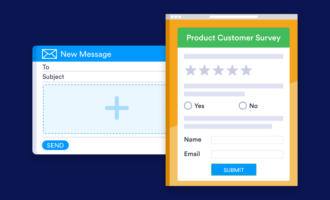












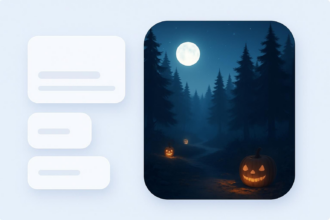





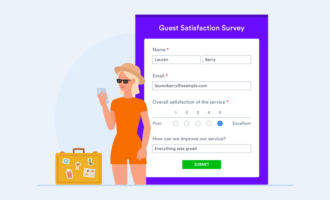


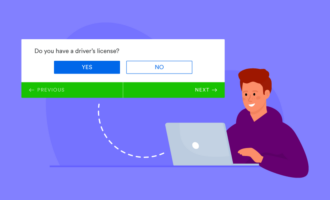




























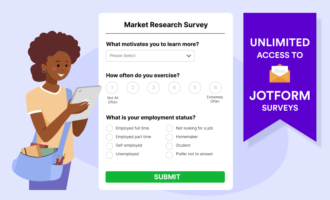

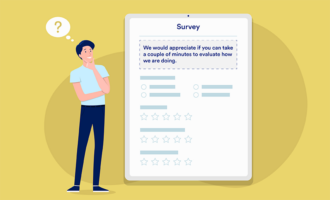





















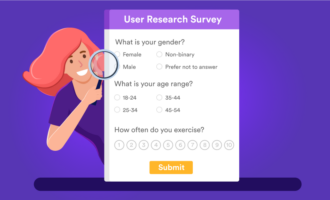





















Send Comment: